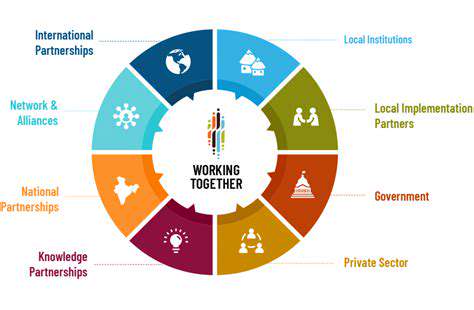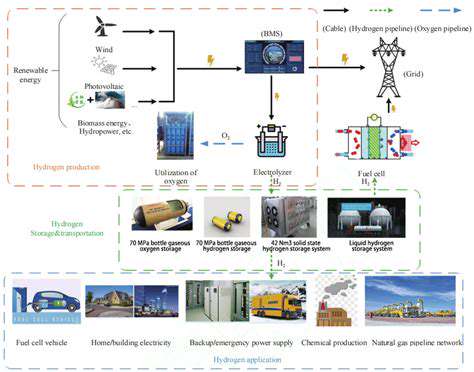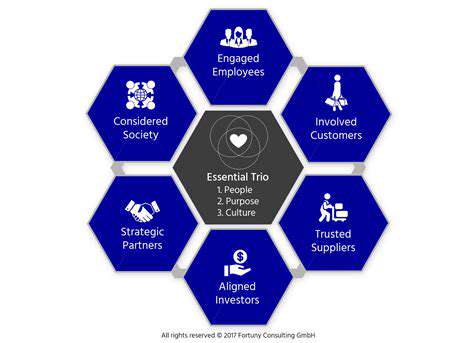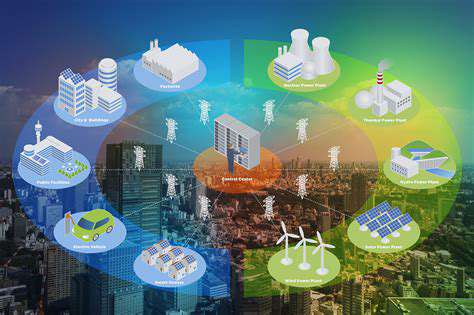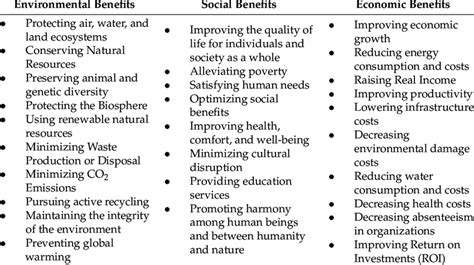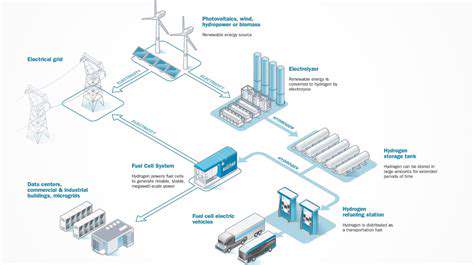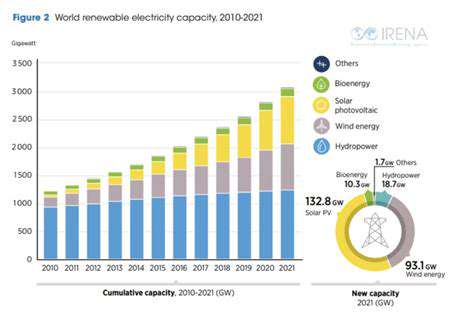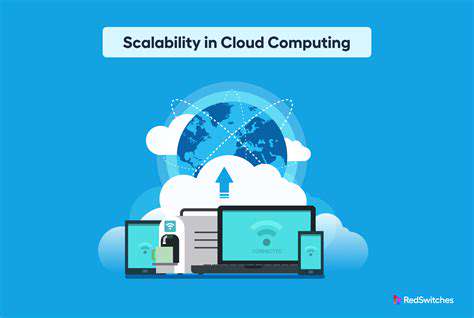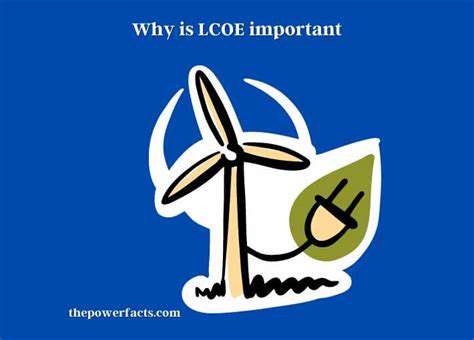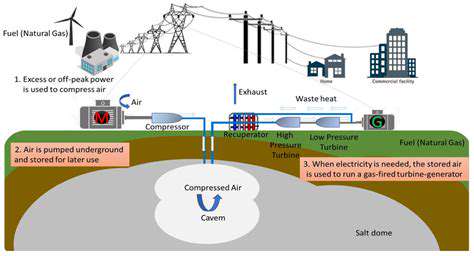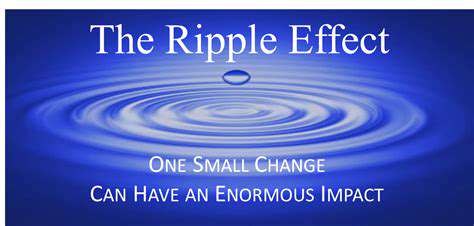Wind Energy and Wildlife Protection: Mitigation and Monitoring
Monitoring Programs: Tracking the Effects of Wind Farms
Monitoring Program Design
A well-designed monitoring program proves indispensable for evaluating conservation outcomes and understanding ecological dynamics. Clear objectives, precise measurement criteria, and appropriate data collection methodologies must be established. The program should address spatial and temporal dimensions sufficiently to generate actionable insights for management decisions.
Effective programs examine population health, distribution, and behavioral patterns through systematic data collection. Baseline establishment, threat identification, and longitudinal tracking all contribute to comprehensive wildlife monitoring. This process requires deep ecological understanding to ensure data relevance and utility.
Data Collection Methods
Method selection critically influences monitoring program success. Reliable, repeatable, and cost-effective techniques should be prioritized, considering available resources, required expertise, and logistical constraints. Potential approaches include visual surveys, camera traps, acoustic monitoring, and remote sensing technologies.
Data quality assurance requires standardized protocols, equipment maintenance, and thorough observer training. Consistency across observations and measurements ensures comparability over time and between locations.
Analysis and Reporting
Robust data analysis reveals meaningful patterns and trends in monitoring results. Statistical methods should determine significant changes relative to natural variability. Analytical approaches must account for ecological complexity while producing clear, actionable findings.
Effective communication transforms data into conservation action. Reports should clearly present methodologies, key findings, and management recommendations for diverse stakeholders. Accessibility and clarity promote informed decision-making across technical and non-technical audiences.
Implementation and Management
Successful programs require sustained commitment through adequate resourcing and skilled personnel. Financial planning, partnership development, and adaptive management approaches ensure long-term viability. Collaboration with government agencies, NGOs, and academic institutions strengthens program implementation.
Continuous evaluation allows for necessary adjustments based on emerging data, environmental shifts, or behavioral changes. Program flexibility enhances responsiveness to new challenges and opportunities in wildlife conservation.
Habitat Management and Connectivity
Habitat Protection and Restoration
Responsible wind energy development demands integrated habitat protection and restoration strategies. Identifying and safeguarding critical habitats - including breeding areas, migration routes, and feeding grounds - forms the cornerstone of ecological stewardship. Detailed assessments reveal local ecosystem requirements, enabling proactive measures that may enhance biodiversity rather than merely avoid damage. Restoration initiatives like reforestation or wetland rehabilitation can effectively offset habitat impacts from wind infrastructure.
Continuous monitoring assesses restoration effectiveness through population tracking, vegetation analysis, and ecosystem health evaluation. These insights guide ongoing improvement of conservation approaches, ensuring wind energy expansion coexists with thriving ecosystems.
Connectivity and Migration Corridors
Maintaining wildlife movement pathways proves essential for species persistence. Wind projects must carefully evaluate potential disruptions to migration and dispersal patterns. Key corridors - whether river valleys, forest edges, or mountain passes - require special consideration to preserve genetic exchange and population resilience.
Strategic turbine placement and wildlife passage infrastructure can maintain critical connections between essential habitats. Movement pattern studies inform placement decisions, demonstrating how responsible development can respect ecological connectivity.
Minimizing Disturbance and Noise Pollution
Reducing operational impacts remains paramount for wildlife protection. Noise mitigation requires thoughtful turbine selection and operational protocols, particularly near sensitive species. Site-specific noise monitoring helps safeguard vulnerable populations from behavioral disruption.
Visual considerations equally merit attention, as turbine presence may interfere with navigation and predator avoidance behaviors. Landscape-sensitive design and placement minimize these effects, contributing to more sustainable development practices that balance energy needs with ecological integrity.
